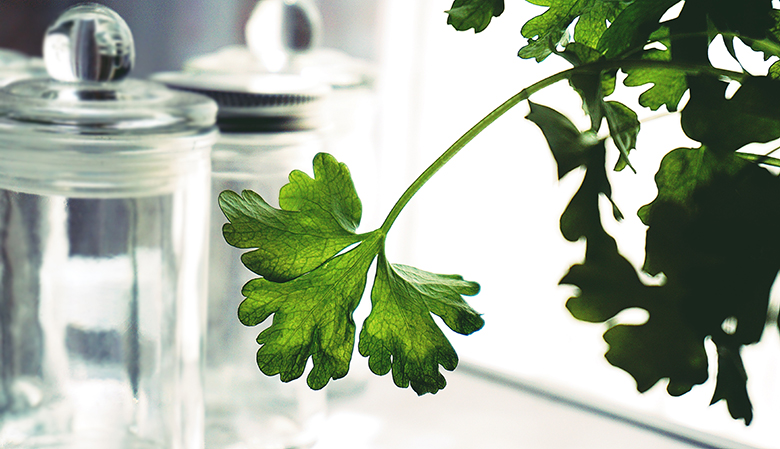Bia Analytical adds parsley to portfolio

Photo by Suzy Hazelwood from Pexels
Belfast, Northern Ireland based Bia Analytical Ltd has added parsley to its growing authenticity testing portfolio, offering a range of herbs and spice authenticity tests to help in the fight against food fraud.
Parsley, a herb with bright green curly or flat leaves, is a member of the Apiaceae family which also includes carrots, celery and other herbs and spices, such as cumin, dill and anise. Native to the Mediterranean, parsley adds a fresh, peppery taste to many recipes, and is especially popular in European and Middle Eastern cuisines not only to add flavour to dishes, but also for its high nutrient value and the multitude of health benefits.
Parsley can be vulnerable to economically motivated adulteration as it can easily be substituted with many similar looking leaves such as celery, olive, myrtle, cistus, sumac as well as strawberry tree and hazelnut leaves. Celery leaf in particular has similar structural features and chemical profiles to parsley and has previously been identified as an adulterant that is cheaper to produce and may pose some concern for those with celery allergies. These substitutions may be extremely damaging to food producers’ brand and reputation, costing lucrative contracts, and negatively impacting consumer confidence.
Bia Analytical has worked with numerous trusted industry partners to develop a robust authenticity test for parsley using both ground and leaf form, covering multiple varieties and countries of origin. The method was further validated using typical and atypical samples.
Belfast based Bia Analytical can help to reduce food business’ exposure to the risk of food fraud using industry-leading, cutting-edge spectroscopy with chemometric analysis testing methods. This technology enables Bia Analytical to provide results within a guaranteed three working day turnaround time. Bia Analytical now offers rapid authenticity testing for a number of herbs and spices including black pepper, turmeric, sage, paprika, oregano, garlic, cumin, ginger, white pepper, coriander, thyme and parsley – with methods for new food groups currently in development.


